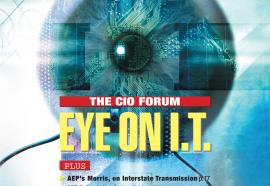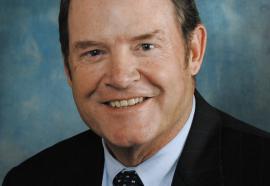Special Section On Metering: Needed in New England: Stronger Market Connections, Savvier Electricity Usage
The time has come to start the transition from the current economic demand-response programs to demand response that arises naturally through market-based retail pricing.
Over the past few decades, utility sponsored conservation and load-management programs have helped thousands of customers better manage their energy costs. While these programs have helped lower overall electricity use, they generally have not provided an economic incentive for customers to reduce their consumption at specific times in response to wholesale electricity prices.








